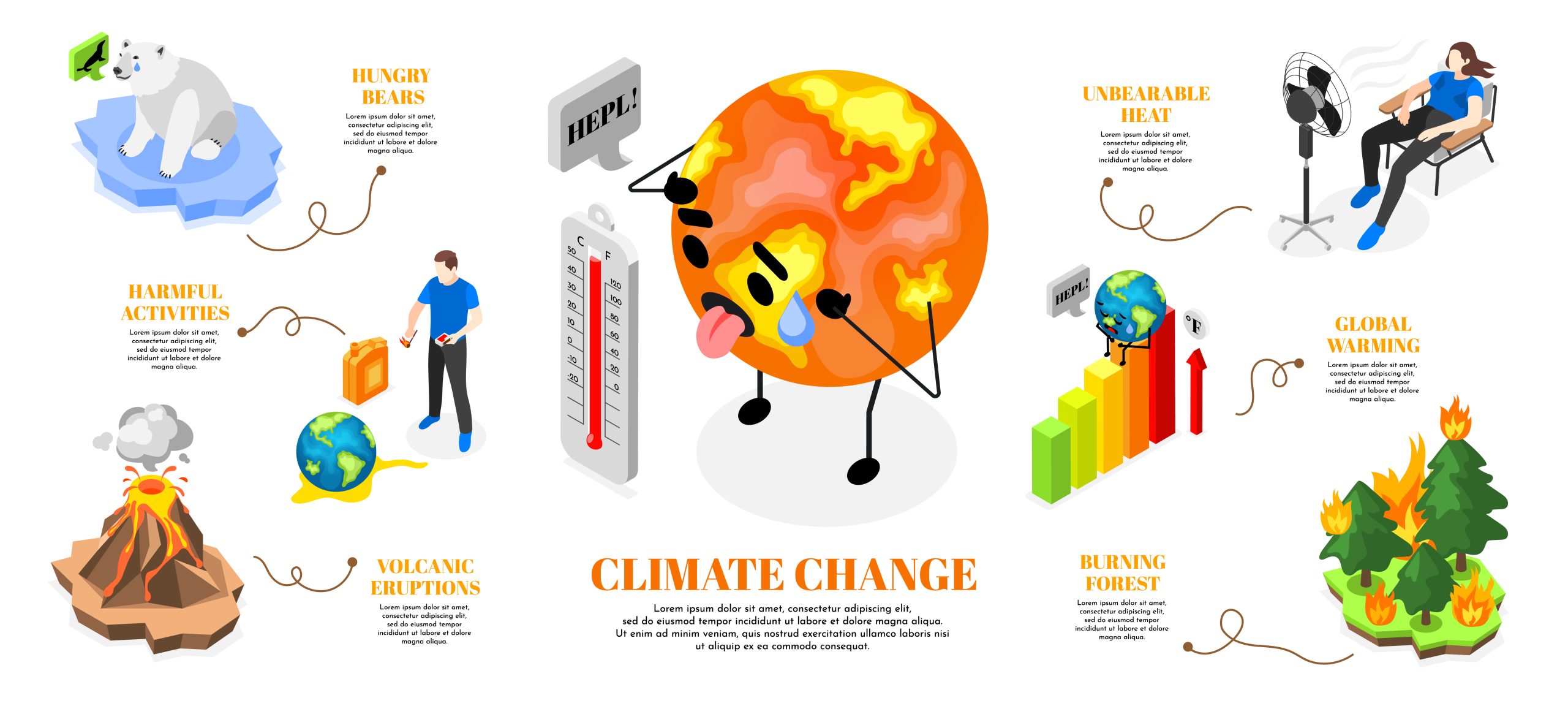Table of Contents
ToggleIntroduction
The Climate Change Performance Index (CCPI) is a tool used to track and compare the efforts of countries towards mitigating and adapting to the impacts of climate change. The CCPI was first introduced in 2005 and has since been published annually by Germanwatch and Climate Action Network Europe. It ranks the 56 highest emitting countries in the world, accounting for over 90% of global greenhouse gas emissions.
How the CCPI is Calculated
The CCPI is calculated using a set of indicators that assess a country’s performance in four areas: greenhouse gas emissions, renewable energy, energy use, and climate policy. These indicators are based on the latest available data and are weighted to reflect the importance of each area. The scores are then used to rank the countries and produce an overall score that represents their climate change performance.
The Importance of the CCPI
The CCPI serves as an important tool for monitoring and comparing the efforts of countries to tackle climate change. It provides a clear picture of the progress being made by each country and highlights areas where more work is needed. This information can be used to hold countries accountable for their commitments to reducing emissions and adapting to the impacts of climate change. It can also serve as a guide for countries to identify best practices and learn from the experiences of other countries.
The CCPI Results for 2022
In the latest edition of the CCPI, released in 2022, the top performers were Sweden, Morocco, and Lithuania, while the lowest performers were Saudi Arabia, Australia, and the United States. Sweden was recognized for its efforts to reduce emissions through the use of renewable energy and its leadership in climate policy. Morocco was praised for its ambitious targets for renewable energy and energy efficiency, while Lithuania was recognized for its progress in reducing emissions and transitioning to renewable energy.
Challenges and Limitations of the CCPI
While the CCPI provides a useful tool for monitoring and comparing the efforts of countries to tackle climate change, it is not without its challenges and limitations. One of the main limitations is that the indicators used to calculate the scores may not fully reflect the efforts of each country. For example, a country with a strong policy framework may score lower in the renewable energy indicator if it has not yet achieved significant progress in implementing that policy. Additionally, the CCPI only covers the 56 highest emitting countries, meaning that many smaller emitters are not included in the analysis.
The Role of Civil Society in Advocating for Better Climate Action
One of the key strengths of the CCPI is that it provides a platform for civil society organizations to advocate for better climate action. The annual publication of the index attracts media attention and provides an opportunity for non-governmental organizations (NGOs) to engage with policymakers and raise awareness about the need for stronger climate action. By highlighting the efforts of countries and shining a spotlight on areas where more work is needed, NGOs can help to mobilize public support for stronger climate policies and encourage greater investment in renewable energy and energy efficiency.

The Impact of the CCPI on Climate Action
The impact of the CCPI on climate action has been significant since its inception in 2005. The annual publication of the index has helped to focus global attention on the need for stronger climate action and has provided a basis for comparative analysis and benchmarking of countries’ efforts. It has also served as a catalyst for policy change, with many countries taking steps to improve their scores and move up the ranking. For example, several countries have increased their investment in renewable energy and energy efficiency in response to their ranking in the CCPI.
The Future of the CCPI
As the world continues to grapple with the impacts of climate change, the CCPI will play an increasingly important role in tracking and comparing the efforts of countries to tackle this global challenge. With the release of each new edition, the CCPI will continue to provide valuable information and insights into the progress being made and areas where more work is needed. It will also serve as a platform for civil society organizations to advocate for stronger climate action and hold countries accountable for their commitments. In the coming years, it is likely that the CCPI will become an even more powerful tool for driving progress and achieving a more sustainable future.
Conclusion
In conclusion, the Climate Change Performance Index is an important tool for tracking and comparing the efforts of countries to tackle climate change. It provides valuable information on the progress being made, highlights areas where more work is needed, and serves as a platform for civil society organizations to advocate for better climate action. As the world continues to grapple with the impacts of climate change, the CCPI will play an increasingly important role in ensuring that countries are held accountable for their commitments and that they are taking the necessary steps to reduce emissions and adapt to the impacts of climate change.







